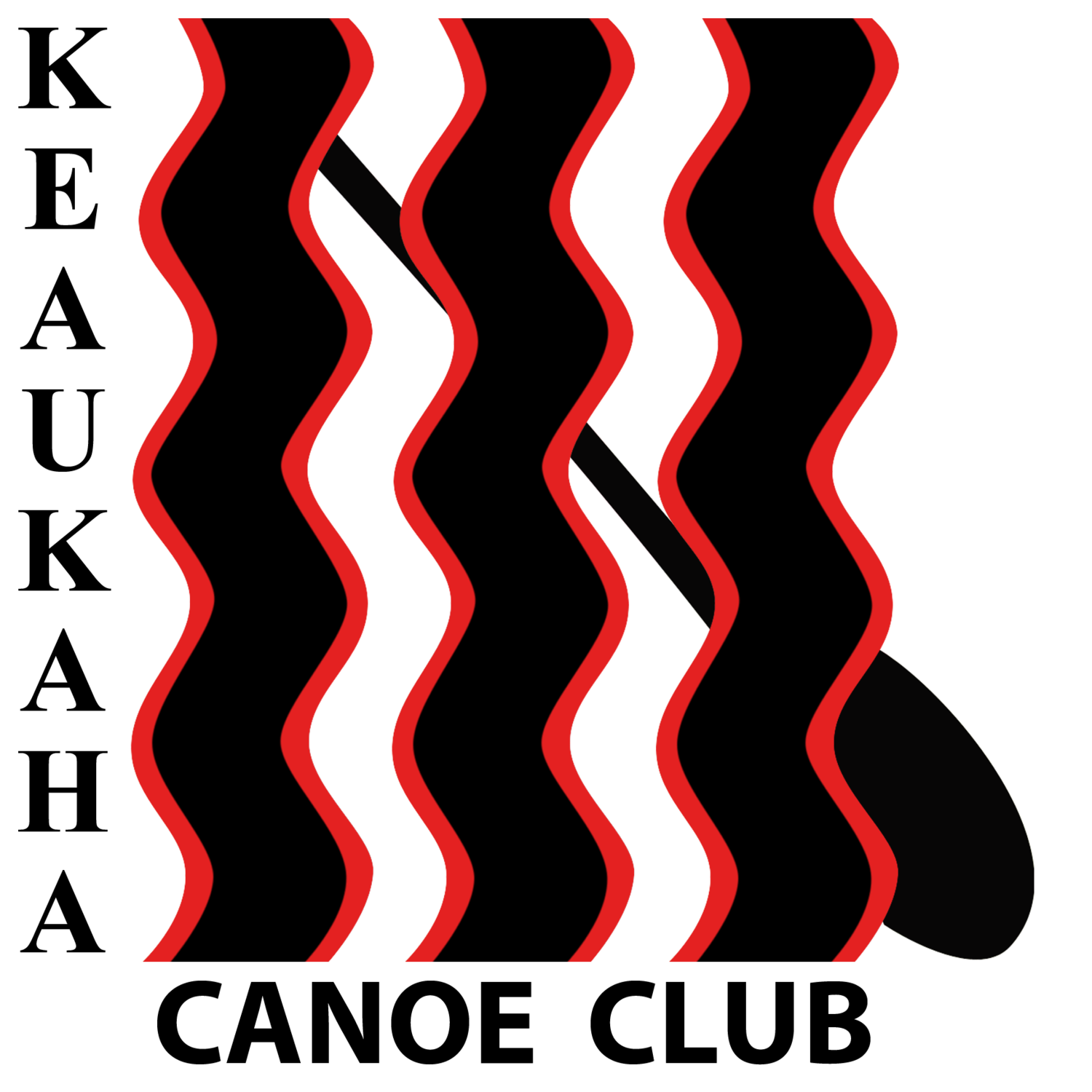Our heart rate is like the tachometer of a car engine. How well it runs depends on the age of the car, the maintenance, and the quality of the fuel.
When training it is vital to monitor your heart rate. Are you idling, cruising or pushing the red-line?
Heart Rate Basics
There are 3 basic parameters you need to know for your own fitness: Resting Heart Rate (RHR), Maximum Heart Rate (HRmax) and Heart Rate Reserve (HRR).
Resting Heart Rate – RHR
Your resting heart rate can be measured after waking up in the morning but not when you’re active. The measurement of resting heart rate or pulse rate (the number of heart beats per minute) should be taken after a few minutes upon waking whilst still lying in bed. Give your body some time to adjust to the change from sleeping before taking your pulse (2-5 minutes). If you are not able to take a measurement first thing in the morning, make sure you lie down for at least 10 minutes before taking a measurement. Taking a radial or carotid pulse measurement (at the wrist or neck) is usually the easiest method.
Calculate Maximum Heart Rate – HRmax
- Garmin calculates max heart rate by subtracting your age from 220 for males and 226 for females. (220-age) or (226-age)
- Karvonen uses (220 – age) for maximum heart rate.
- A study in 2001 with healthy adults found a more accurate formula of 208 – 0.7 x Age and no difference between male and female. See Tanaka, H., Monahan, K.D., & Seals, D.R. (2001). Age-predicted maximal heart rate revisited. J Am Coll Cardiol. Jan; 37(1):153-6.
We are going to use the latest method 208 – 0.7 * Age which is a bit more accurate for older people. So for example if you’re 40 years old:
HRmax = 208 - (0.7 * 40) = 208 - 28 = 180 beats per minute.
Measure Max Heart Rate – Preferred Method
- Warm up
- Paddle at a fast even pace that you can barely maintain for 3 minutes.
- Keep exercising at a slower pace for 2 minutes.
- Paddle at the same fast pace again for 3 minutes.
- If results from step 2 and 4 are quite different, repeat 3 and 4 until you reach a consistent max rate.
Your maximum heart rate is the maximum level reached during the second 3 minute piece.
Heart Rate Reserve – HRR
Your heart rate reserve represents your full range of exercise levels. It is simply the difference between your max rate and your resting rate.
HRR = HRmax – RHR
This number is commonly used to gauge your fitness improvements. As HRR or RHR change the reserve rate indicates how your overall fitness is changing.
Garmin Heart Rate Zones
The first step towards understanding your heart rate and improving your fitness is to look at the following chart. Training ranges based on heart rate don’t take into account the individual’s anaerobic capacity, a trainable quality which shifts the anaerobic threshold higher.
Garmin uses the J.A. Zoladz method based on HRmax.
- Garmin calc https://www.best-running-tips.com/heart-rate-monitor-training-zoladz.html
- Also https://www.omnicalculator.com/sports/heart-rate-zone
| Garmin HRmax% | Zone Name | Dominate Energy System | Ability to Speak |
| 90%-110% Zone 5 | Threshold | Anaerobic, Phosphate | No |
| 80%-90% Zone 4 | Tempo | Anaerobic, Phosphate | Difficult |
| 70%-80% Zone 3 | Interval 1 | Anaerobic, Aerobic | Strained |
| 60%-70% Zone 2 | Base | Aerobic | Converse |
| 50%-60% Zone 1 | Base | Aerobic | Relaxed Converse |
| <50 | Recovery | Aerobic | Very Easy |
